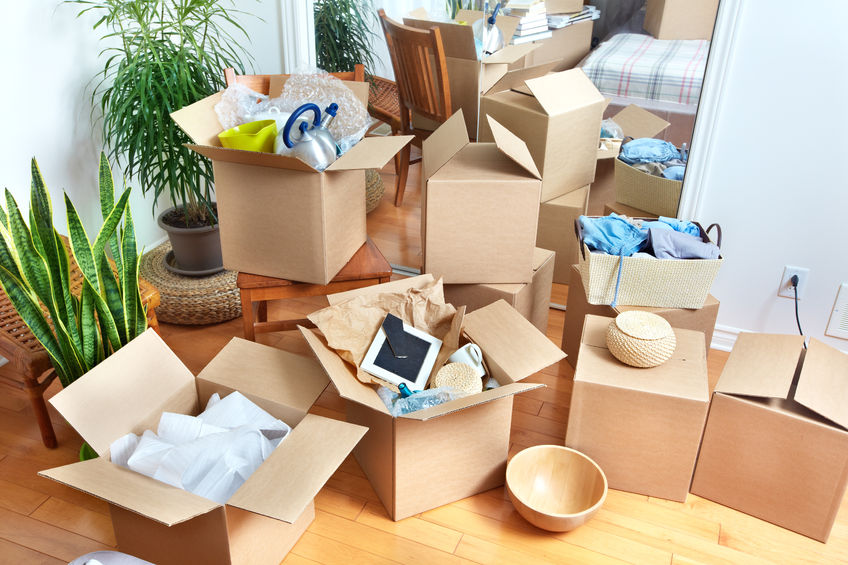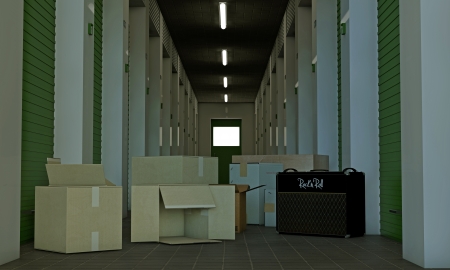Self-storage in the U.S. is a $38 billion annual industry. Why do people spend so much to store their stuff each year? The answer is simple: because they value it highly.
There are many reasons you might get a storage unit. They can help out in the transitional stage of moving from home to home. Or, they can store valued belongings that don’t fit in your home over the longer term.
No matter why you put your things in storage, it’s important to know how to pack a storage unit properly. While a good storage company will do their part in protecting your stuff, you can also keep it safe by packing it with care. Here’s everything you need to know.
The Prep Work: Safely Getting Your Stuff Ready for Storage
First, you’ll need to pack. The way you approach this can form the first line of defense for keeping your things safe. Here’s how to start packing right.
Know the Restrictions
Restricted items are listed by a storage unit for a reason. It’s not to make your life more difficult: it’s because storing those items can damage your stuff.
Most items that storage unit companies restrict are flammable. It’s all too easy for something flammable to catch fire in a storage unit, wreaking havoc on everything inside. Don’t take the risk — follow the restricted item guidelines instead.
If your storage unit company doesn’t offer a list of restricted items, you can ask for one. These lists typically include things like paint, gasoline, explosives, and some chemicals.
Of course, some of the things you shouldn’t pack may not be listed. For example, don’t store perishable food, plants, or other things that will rot or decay. This can also lead to damage for the rest of your stuff.
Label as You Go
Adding labels to your items as you pack them makes it easy to keep things organized. This will make your life easier when it’s time to unpack. But it also will help you pack your unit safely.
For example, a label ensures you know which boxes contain fragile items, so you won’t stack heavy boxes on top of the fragile ones. Label in large letters, and position the labels where they’ll be easy to read. You may even want to label more than one side of each box.
Use Proper Packing Supplies
While it’s tempting to use any old boxes you can find laying around, this might not be the best approach. When packing things that you care deeply about, it’s worthwhile to invest in higher-quality supplies.
Start with sturdy cardboard boxes that won’t collapse even when you stack them on top of each other. Make sure you have plenty of soft packing materials to pad fragile items. Bedding and clothes can work well, but bubble wrap and packing paper can also help add much-needed protection.
Make an Inventory List
As you go, it’s helpful to create an inventory list of what’s going into storage. This becomes especially helpful when you plan to store only some of your stuff. You’ll want a quick way to remember what’s in storage and what isn’t.
Your inventory list will also help you know what size storage unit you’ll need. Make sure to keep your list somewhere handy, so you can easily update it as you change what’s in storage.
Packing the Unit: How to Keep Items Safe in Storage
Now, it’s time to actually put the boxes away. Here’s how to pack a storage unit for maximum safety.
Clean the Unit
Before you pack your storage unit, clean it up. This won’t take long — just sweep it and wipe down all surfaces with a basic cleanser.
Of course, a good storage company will rent you a unit that’s been cleaned already. Still, dust and dirt pile up fast in these spaces, so it doesn’t hurt to go over it again. This reduces the chances of mold and mildew getting on your items after you store them.
However, keep in mind that you should also clean your items before you pack them, for the same reason. Removing dust and dirt helps prevent damage during storage.
Put Down Pallets
If flooding is a possibility in your area, put pallets down before stacking boxes on top. This is a good idea even if you don’t expect flooding. Otherwise, one plumbing issue can ruin the entire bottom layer of stuff in your unit.
Pack Boxes in Order
As you start putting things in your storage unit, make sure there’s a method to your madness. If you’re on a tight schedule, it’s often tempting to simply put boxes in whenever they fit. But this can make your things more prone to damage during storage.
Make sure you use rows that you can walk between, so you can access your stuff and periodically check for damage. Stack heavy items on the bottom, and light or fragile things on top. However, don’t stack piles so high that they could topple over.
Use a Wardrobe Box
If you’re storing clothing, it’s best to hang them in a wardrobe box if you can. These boxes are designed to keep moisture out so your clothing won’t grow mildew.
If you don’t have a wardrobe box, make sure to carefully seal the boxes you put clothing and fabric in so no moisture can get inside.
How to Pack a Storage Unit and Beyond: More Safety Tips
These tips for how to pack a storage unit will get you started. However, packing with care is just the beginning of how to keep your stored items safe.
In addition to these tips, you should take extra precautions by getting storage insurance. You can control how you pack your stuff, but you can’t control what happens once it’s packed away. Insurance will protect you in situations that are out of your control.
Wondering if storage insurance will fit in your budget? Get a free quote from us today.




Leave a Comment